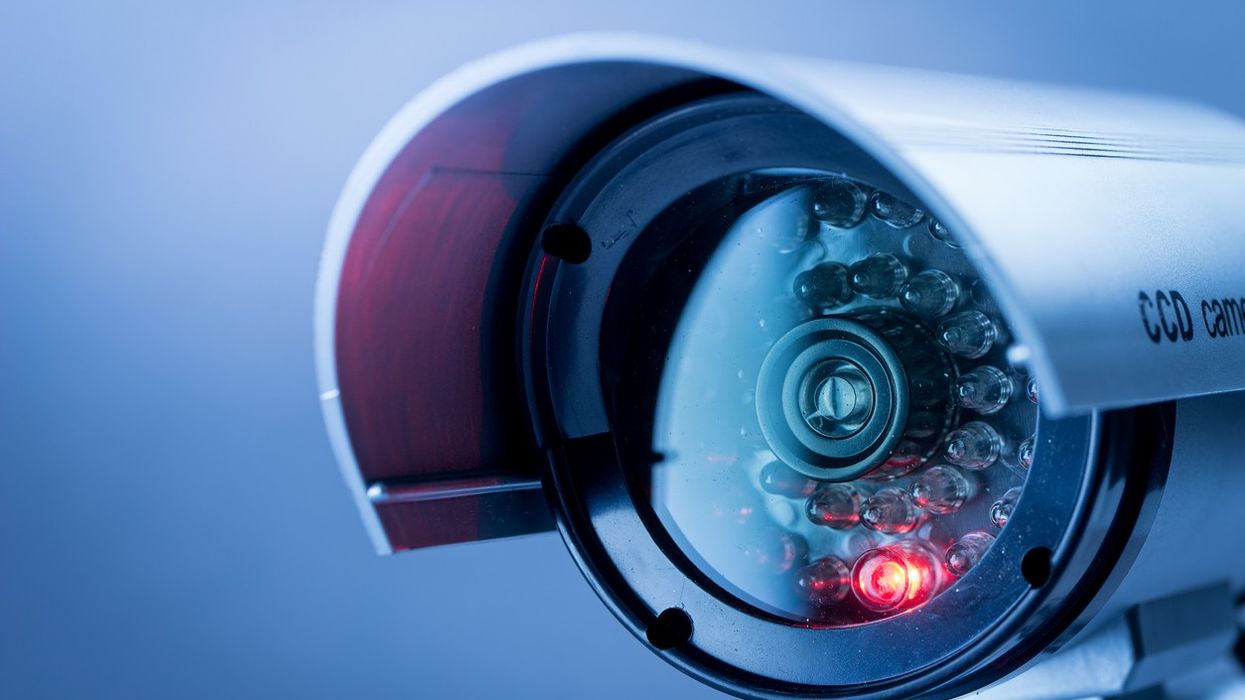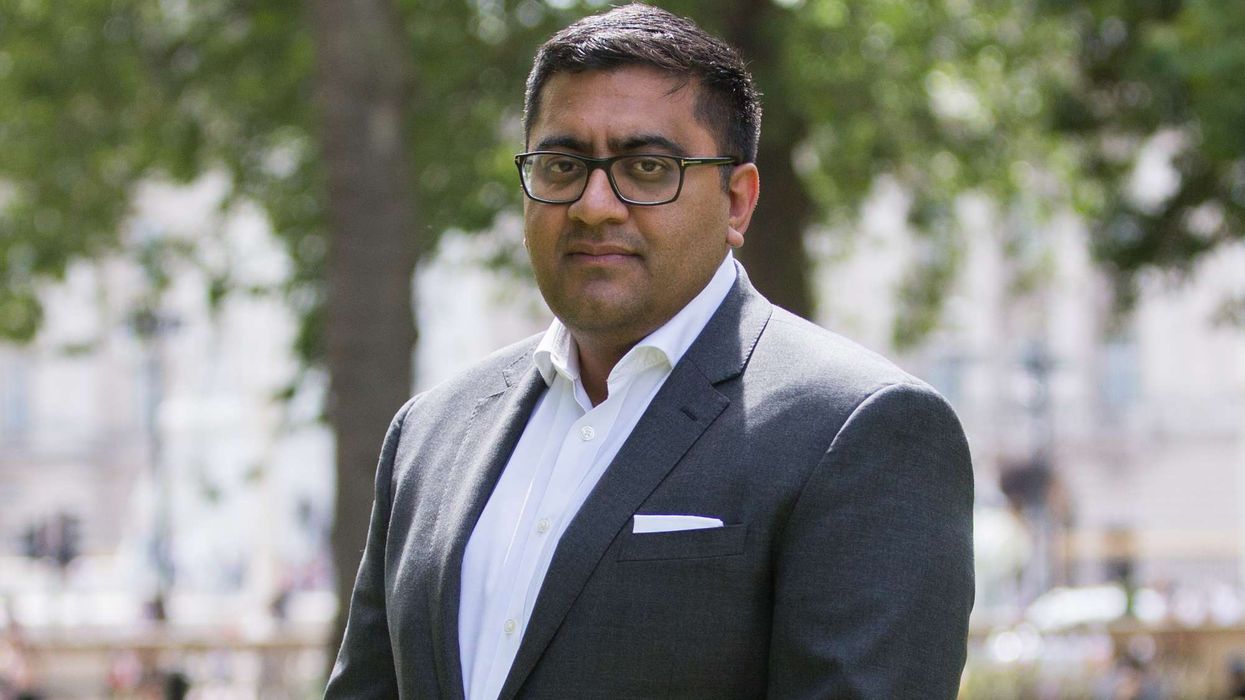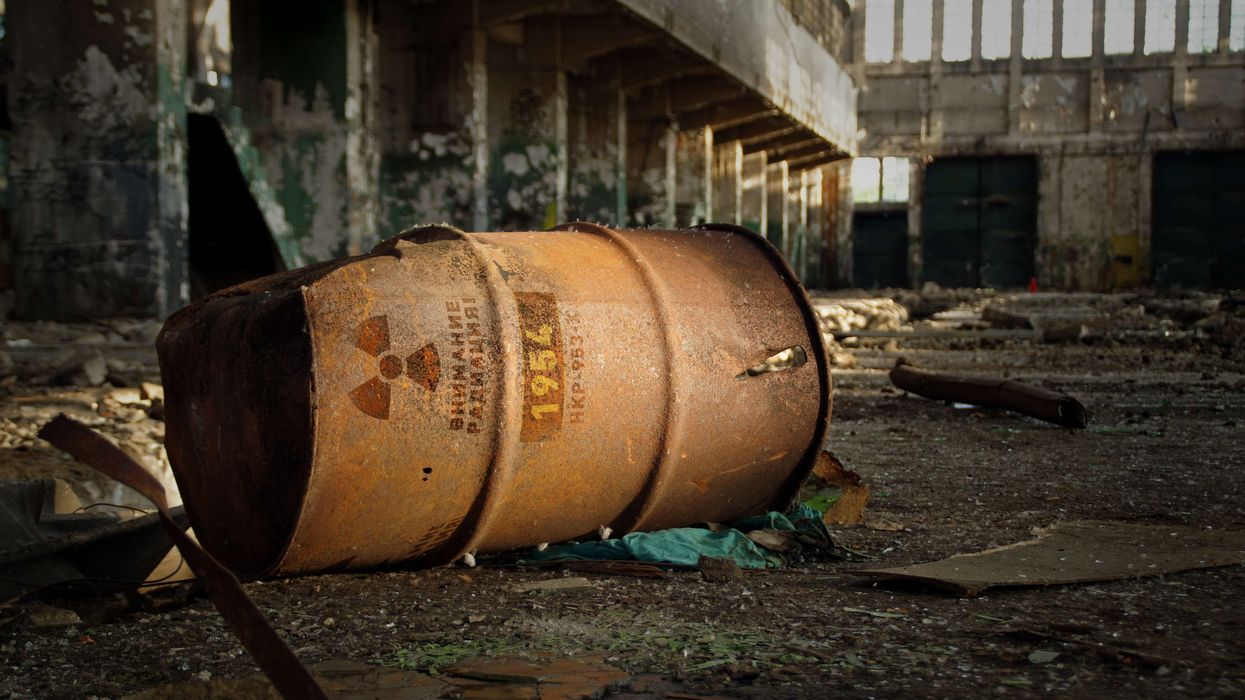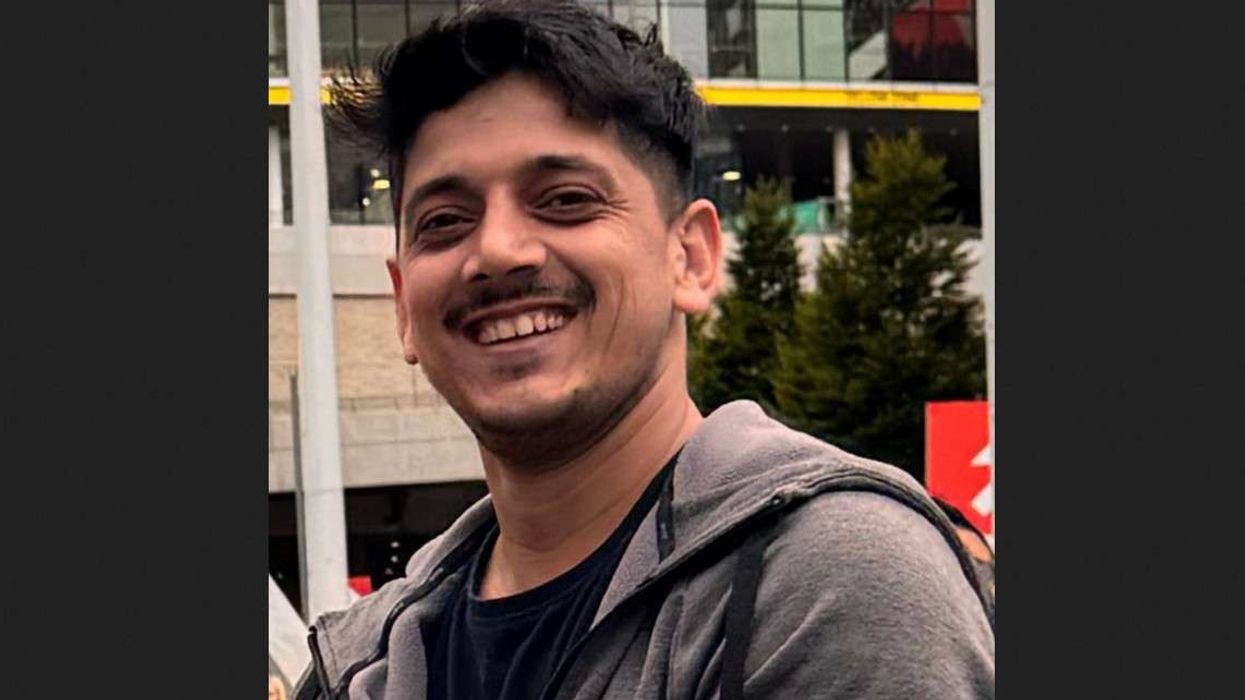Valeria Marquez, a 23-year-old beauty influencer from Mexico, was fatally shot during a TikTok livestream on Tuesday in Zapopan, Jalisco. Authorities have confirmed they are investigating the incident as a suspected femicide.
The attack occurred inside the beauty salon where Marquez worked. According to the Jalisco state prosecutor’s office, a man entered the premises and shot her. Marquez had been livestreaming shortly before the incident, seated at a table holding a stuffed toy. She was heard saying, “they’re coming,” before briefly muting the audio. Gunshots were then heard, and someone appeared to pick up her phone, briefly revealing their face before the stream ended.
The footage, while not graphic, has raised serious concerns about the circumstances leading to her deathInstagram/ elcucutenonoticias
Earlier in the livestream, Marquez mentioned that someone had left an “expensive gift” for her at the salon while she was away. Appearing concerned, she stated that she had no intention of waiting for the person to return.
Marquez had a significant online following, with nearly 200,000 followers on TikTok and Instagram combined. Her death has reignited concerns over gender-based violence in Mexico, where femicide remains a persistent issue.
Mexican authorities define femicide as the killing of a woman under circumstances involving sexual violence, degrading treatment, a relationship with the perpetrator, or public exposure of the body. The country recorded a femicide rate of 1.3 per 100,000 women in 2023, placing it alongside Paraguay, Uruguay, and Bolivia with the fourth-highest rate in Latin America and the Caribbean, according to United Nations data.
Jalisco, the state where the incident occurred, ranks sixth nationally in terms of homicides. Since President Claudia Sheinbaum took office in October 2024, 906 homicides have been recorded in the state, according to figures from data consultancy TResearch.














